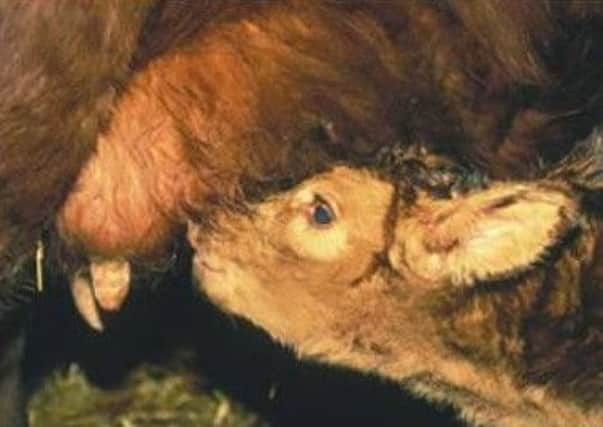DAERA Management Notes: Beef and sheep


On many farms spring calving will start over the coming months. Neonatal calf health is vital as scour accounts for 50% of deaths in calves under one month old. There are several causes of scours which are classed as either non-infectious or infectious and prevention and treatment is different for each.
Non-infectious causes are a result of inadequate dam nutrition or a poor environment for the new born calf. These scours will not spread through a batch of calves. Infectious causes can be divided into three categories:
Advertisement
Hide AdAdvertisement
Hide AdViral causes such as coronavirus, rotavirus and BVD. Antibiotics aren’t effective against viral causes but are sometimes used as secondary defence, as the viral infection is likely to open the doors for bacterial infection. Effective vaccines are available and may be particularly useful in scenarios of compact calving where cows can be vaccinated in batches.
Bacterial causes such as E-coli and salmonella, antibiotics will be effective in the treatment of these infections.
Protozoan causes such as cryptosporidium and coccidiosis can be easily picked up from the environment. They are difficult to remove from the environment and generally require an oral suspension for treatment.
Prevention is always better than treatment and good colostrum management, as well as good hygiene standards are as important as anything. No matter the cause a good rehydration therapy using oral electrolyte will likely be required.
Soil testing
Advertisement
Hide AdAdvertisement
Hide AdFrom mid January through to the end of February is a good time to carry out soil analysis. For grassland take samples down to a depth of 75 mm and 150 mm for arable ground. Further information on the sampling procedure can be found in the dairying notes.
Exporting/importing organic manures
As with last year records of all organic manures exported must be submitted to NIEA by 31st January for the previous calendar year by the exporter. Exporting is not that common in the beef and sheep sector. If you are importing slurry it is important you stay below 170 kg nitrogen per hectare. Do your own calculations and keep records of quantities imported and from whom.
SHEEP
Late pregnancy feeding
Indoor feeding in late pregnancy may be based on silage, hay or straw. As these are all variable in terms of nutrient content, especially hay and silage it is essential to have these analysed well in advance of the feeding period to determine the required level of concentrate feeding.
Dry matter intake, as a percentage of bodyweight, is greatly reduced during late pregnancy and can be as low as 0.8. Intake is also affected by the type of forage.